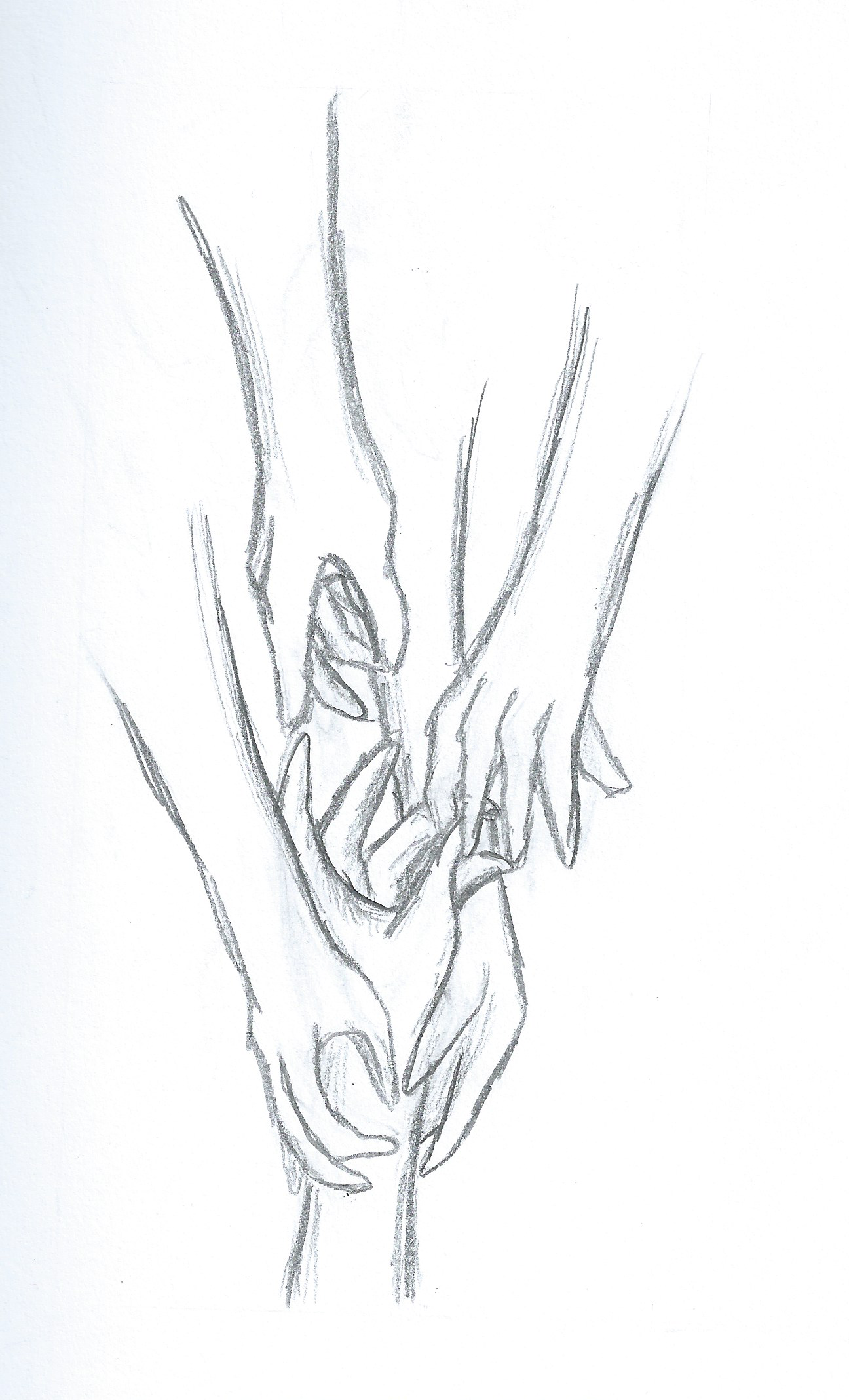
Suicide prevention starts with mental health education
On a crisp September morning, many people took the streets in the name of suicide prevention for Nikki’s 5K Run and Walk. While this month marks a time of awareness, it brings light to a very dark issue.
We’ve all been touched by suicide somehow. Especially in the college transition, unfamiliar environments and situations can lend themselves to arising feelings of hopelessness and despair. Although campus and community resources have expanded in recent years, work is still left to be done. Not until we address suicide and mental health directly will we ever see enduring progress.
Mental illness thrives on silence. For centuries humanity has shamed those suffering from symptoms, originally blaming mental illness on inner demons. The silence begins at a very early age and continues into adulthood. Community suicides turn into one-day school presentations about bullying rather than opportune moments for mental health education. Suicide is often associated with untreated or undertreated mental illness. This ignorance of the main factors leading to suicide raise young people unaware of their own well-beings and shameful of seeking treatment.
Events such as Nikki’s Run and resources like the Cook House and Lost and Found are combatting this dangerous trend. Statistics show that suicide affects all ages but begins to increase around the age of 20. If communities recognized every suicide victim, we would never stop moving.
Nikki’s Fund has raised over $40,000 for USD students over the past 11 years, but money can only go so far. Until individuals take the initiative to utilize resources, suicide will remain prevalent. People can find initiative through others encouraging and supporting mental health. If we stress the importance of getting yearly flu vaccines and washing our hands, we should also stress the benefits of counseling and therapy.
South Dakota offers valuable resources year-round for those needing help. According to the Helpline Center, South Dakota has eleven community mental health centers. The state, however, lacks in educating people to know how and when to find these resources. Compared to other states and national averages, South Dakota sees high annual rates of suicide.
Some mindsets teach us that suicide is a selfish choice, but in the moment, it can feel like the only solution. People should understand that those who do don’t want to hurt others, and they don’t want to end their lives. They just want to end their current painful experiences.
By reflecting on suicide, communities are essentially cleaning up the aftermath of pain and fear. We must be proactive. Suicide doesn’t come out of thin air. The smiling faces of friends and neighbors can easily conceal years of mental anguish. In this social media era, we want to portray our lives in positive lights, making vulnerability that much more frightening.
It’s too easy to push aside negative thoughts when we cannot visually acknowledge them. Focusing on reasons for dying overshadow reasons for living in times of emotional distress. But it’s okay to not be okay. Feelings of isolation and hopelessness are always valid. Everybody deserves to remember how valuable they are to this world. And to provide that, we must collectively take action.
Keep the faith. The best is yet to come.
Resources for those who need help
South Dakota Helpline Center: 1-800-273-8255
Counseling & School Psychological Services Center: 605-677-5250
Student Counseling Center / Cook House: 605-677-5777
